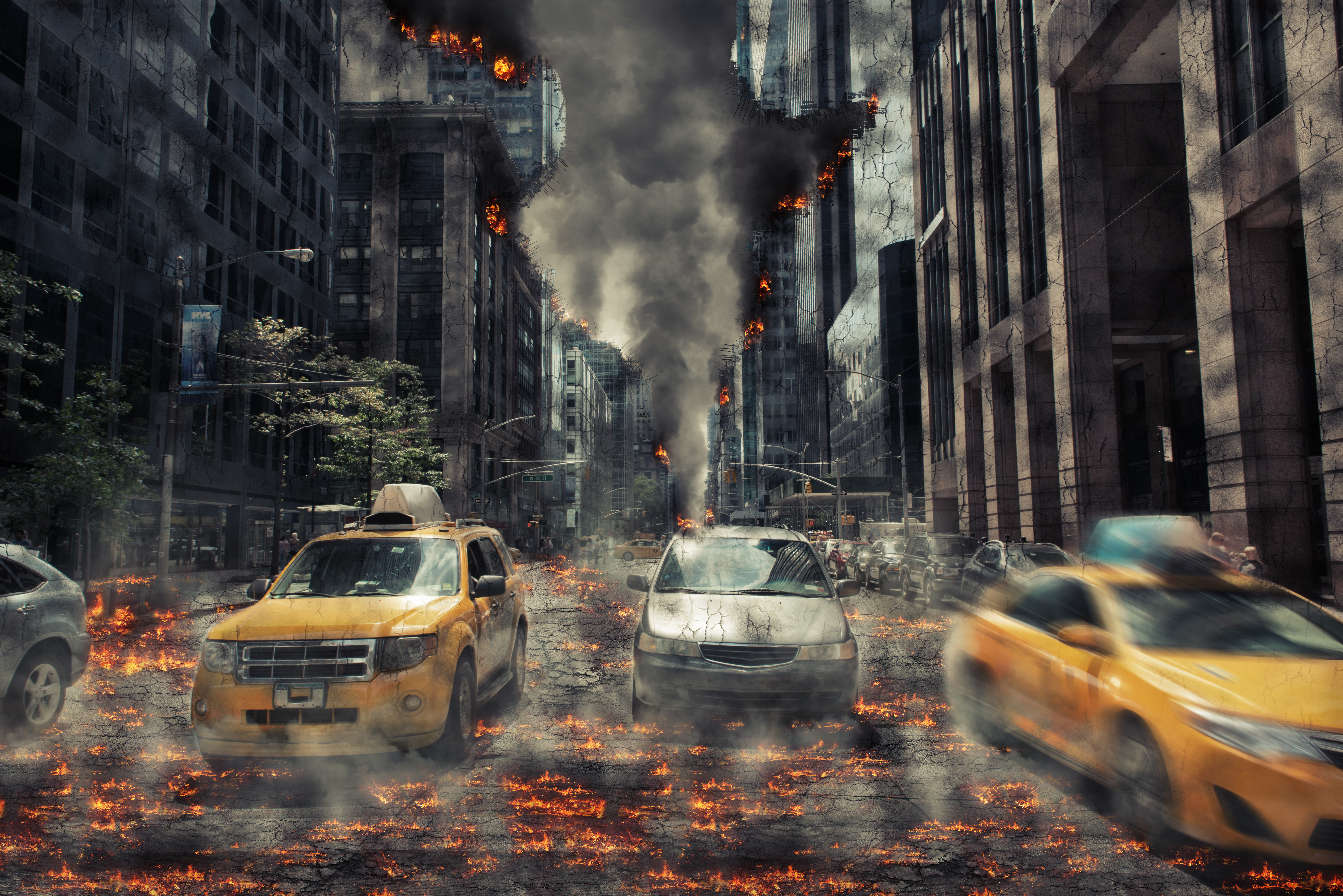Preparing for a disaster or crisis is never easy, and let’s be honest, it’s usually not that fun either. But every now and then, a book comes along that completely flips the script on disaster preparedness. Sam Sheridan is one of those authors. Instead of just giving us a standard survival guide, he brings raw, real survival into the conversation.
Sheridan’s life has definitely been anything but ordinary. After high school, he joined the US Merchant Marines, then went on to study painting at Harvard and the Slade School in London. He’s worked as a sailor, a wild-land firefighter/EMT in New Mexico, a ranch-hand in Montana, and even did construction at the South Pole. Trained in boxing and martial arts, he’s appeared as himself in the movie Warrior, had a recurring role in Mankind: The Story of Us on The Discovery Channel, and starred in Muay Thai: A Fighting Chance on National Geographic.
Sheridan’s written a couple of books—A Fighter’s Heart and The Fighter’s Mind—which dive into his experiences in the world of fighting and the mental game behind it all. But his third book, The Disaster Diaries, is where he really taps into the art of survival. It’s a memoir about learning how to survive in an apocalyptic world, and it’s the focus of this article. Sheridan doesn’t sugarcoat disaster preparedness. Instead, he makes it informative, entertaining, and even a bit adventurous. It’s disaster survival, but in a way that actually draws you in.
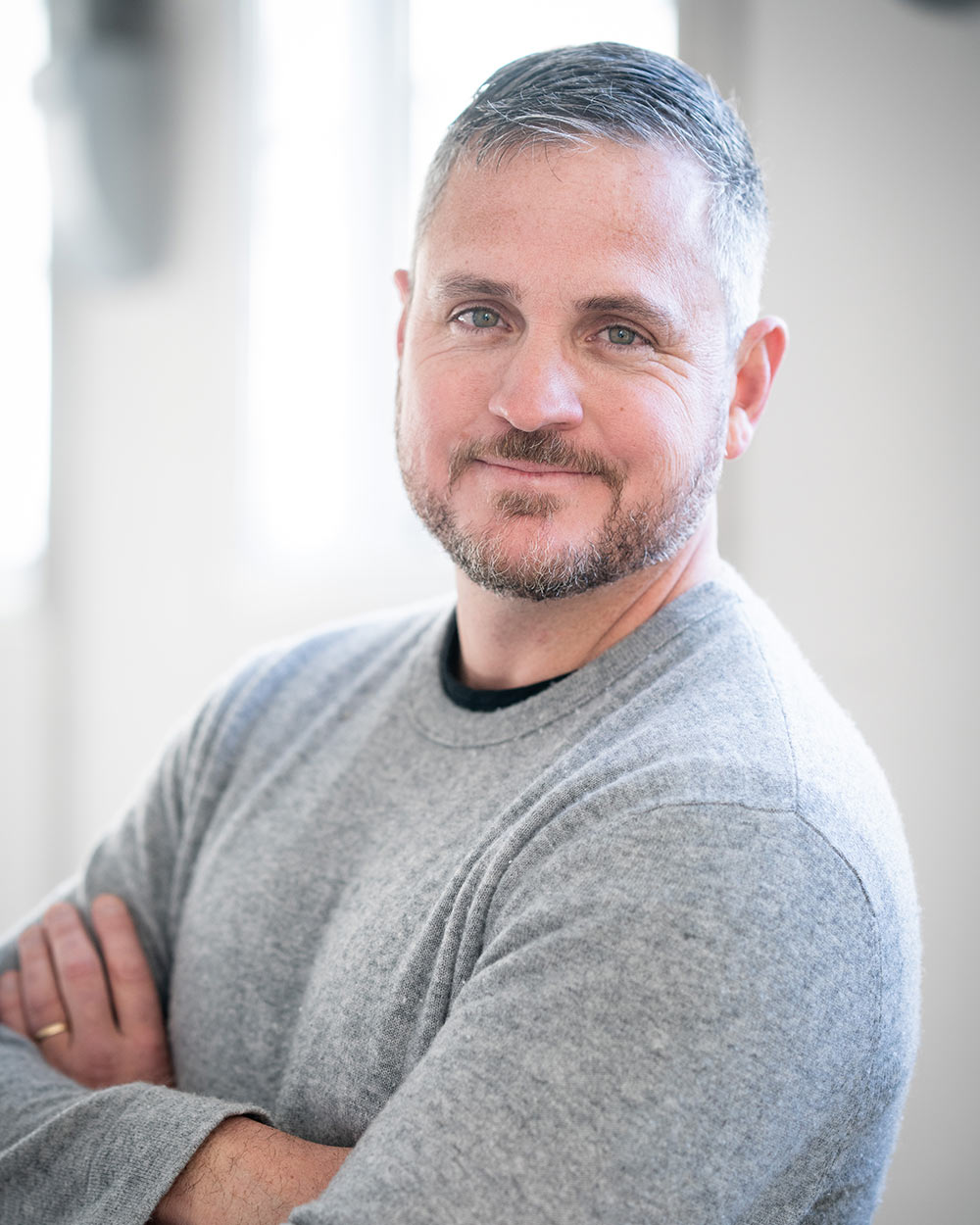
DISASTER INITIATIVES: How can we balance optimism with the real risks our world is facing, and what can we learn from past fears of the 'end of the world?
SAM SHERIDAN: This is a big question, and I think we're living in an interesting time. On one hand, we're witnessing a slow-moving shift in the way we approach climate change—an issue that feels inevitable in many ways. At the same time, we're seeing a growing population that is increasingly disconnected from self-sufficiency. Our society is more interconnected than ever, with global supply chains and infrastructure that rely on each other more and more.
I'm actually pretty optimistic, though. While there are a lot of challenges, I believe that the grid, for instance, is more resilient than people realize. If something were to happen, I think it could bounce back faster than expected. But there’s no denying the risks. Our reliance on interconnected systems for everything from energy to healthcare creates vulnerabilities that we need to address. And when you look at the bigger picture, there’s a lot to be concerned about. For instance, climate change could lead to an estimated 100 million deaths by 2050—who knows what else we might face? In Bangladesh alone, there are 60 million people living just 10 feet above sea level. If those areas flood, the people there will need to go somewhere, creating a massive global migration.
Many of the problems we’re seeing seem to be both environmental and political. The environment is creating political crises around the world. So, while I’m hopeful, I also recognize the challenges we’re up against. One thing that stood out when I was researching my book was how often people have been scared about the end of the world throughout history. Whether it was the Puritans on the Mayflower or the nuclear threat of the Cold War, it’s not a new fear. It’s easy to think we’re facing unprecedented danger now, but when you look back, we’ve lived through some incredibly scary times before.
And yet, we made it through. The future always seems scarier than the past, but that doesn’t mean we can’t tackle the challenges ahead. In the end, I’m optimistic because, despite everything, we’ve faced huge threats before and found ways to overcome them.
DISASTER INITIATIVES: Reflecting on your life experiences, especially in the context of your book, you set out to explore survival techniques and how they could be applied to your own life. How have these experiences shaped your philosophy on survival and preparedness, and how has that philosophy evolved over time?
SAM SHERIDAN: So when I first became a rookie hotshot, I quickly realized that my situational awareness was pretty strong. That’s because I’d been a professional sailor for years. When you’re sailing, you’re constantly watching the weather and trying to predict what’s coming next—whether it’s in the next few minutes, hours, or even the next few days. You have to make decisions based on what you think is coming, and you can’t wait until things start to fall apart. If you’re trying to leave when it’s already windy, it’s too late—you’ll end up getting caught in it.
Sailing also teaches you a lot about self-sufficiency. When you’re out there on a boat, you’re responsible for yourself, and you have to be aware of everything around you—the weather, the currents, your position. Growing up sailing really shaped my approach to life, giving me an interest in self-sufficiency and an understanding of how to be aware of what's happening around me.
When it comes to life, I think it’s important to stay proactive and positive. You can’t live in constant fear, letting it dictate your decisions. Sure, learning practical skills like farming, camping, or even self-sufficiency can be interesting, but it’s about balance. If you’re just sitting in a bunker waiting for the world to fall apart, that’s not healthy. It’s not going to happen in your lifetime. So, I believe in taking a proactive, positive approach—staying grounded and focusing on what’s practical.
“There’s no denying the risks. Our reliance on interconnected systems for everything from energy to healthcare creates vulnerabilities that we need to address.”
DISASTER INITIATIVES: Would you say you applied the same approach you use in survival situations to writing your book? And looking at that method, how can it be applied to different levels of preparedness—whether it’s on a government, community, or individual scale?
SAM SHERIDAN: I think the whole government and community preparedness question is more complicated because it involves a different kind of responsibility—you're responsible for others. Take, for example, the police at an accident scene. They're in charge of managing the situation, but that responsibility can sometimes make them more hyper-vigilant and aggressive. There's a lot of fear that drives government thinking, which can actually make things worse in some cases.
When it comes to personal preparedness, I think there’s a lot you can do that’s both practical and fun. You can learn new skills, get prepared, and still live your life without feeling like you're always on edge. For example, I don’t carry a huge survival kit or anything extreme, but I always have a knife, a flashlight, and some basics on hand—just in case. Even if you're stuck in your car for a day or two, those little things can make a big difference. And living in places like California, I always keep walking shoes in my car. In the event of something like a big earthquake, I might have to walk miles across the city to get home, and you don’t want to be doing that in dress shoes.
But the key is staying positive, staying engaged, and staying proactive. The greatest survival tool is the people around you. A lone person in a survival situation is in the worst position. If you have a prepared community, the chances of making it through tough times are way better because everyone brings something different to the table. Someone might know something you don’t, or have something you need.
DISASTER INITIATIVES: Working in government preparedness, I’ve seen how large-scale responses often leave smaller entities—like businesses and communities—behind. Do you think there’s a more holistic approach that connects personal survival with community preparedness?
SAM SHERIDAN: You're absolutely right—it's basically the same thing. Think about a camping trip: if you've got the right gear, it’s great. But if you don’t have what you need, it can quickly turn into a survival situation, and that’s when things can go sideways. If you’re unprepared, it’s no longer fun, it’s a nightmare. There’s a joke that if you go somewhere with the right mindset, you’re an adventurer. But when you run out of gas and have to trek across the desert for 20 miles, it’s a whole different story. That's not the kind of adventure I'm looking for! I’m out there to enjoy the experience, have fun, and learn a bit—not to get into some life-or-death situation. So, to me, it’s really all the same. If you’re prepared, you’re in control. There’s no real difference between the two once you’ve got the right mindset.
DISASTER INITIATIVES: In your book, you travel to learn various survival skills. Is there one essential skill you think most people overlook, but should definitely focus on honing for themselves?
SAM SHERIDAN: It’s a tricky topic, but I think it really boils down to how you’re able to assess your surroundings. People tend to get caught up in their own world—whether they’re at home, in their cars, or just going about their day.
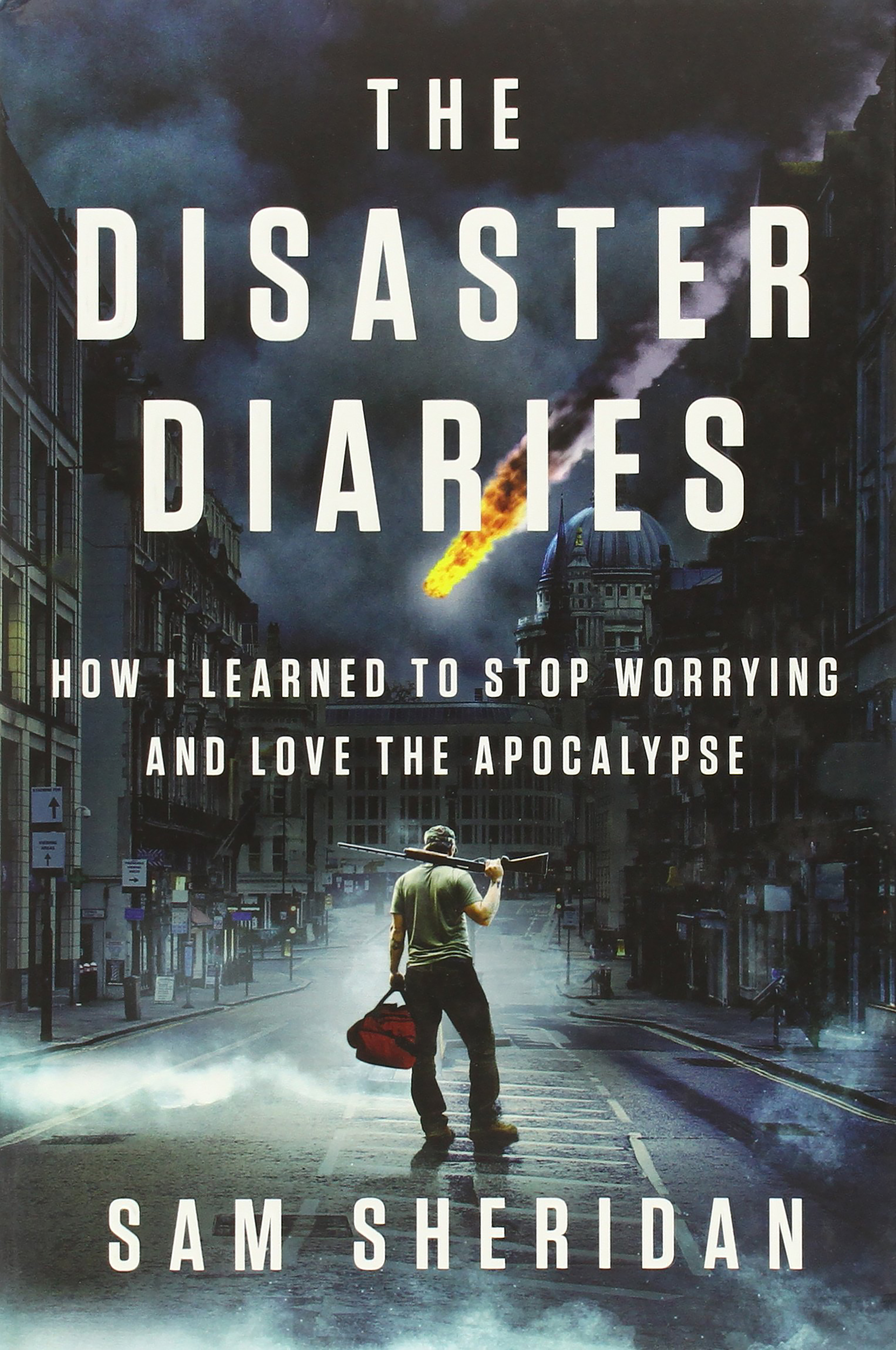
But when you look at people who’ve grown up in rough neighborhoods, you notice something interesting: they have this heightened situational awareness. They’re always scanning their environment, looking around, checking up and down the street, staying aware of what's going on. It’s not about being scared all the time, but it's about being prepared.
Of course, you don’t want to live in a constant state of fear—that can lead to things like PTSD, which comes from being on edge too long. But a little situational awareness goes a long way. It’s about mentally preparing yourself: ‘If something happens, where would I go? What would I do?’ Just thinking through possible scenarios is helpful. I mean, even something as simple as reading the safety card on an airplane could save you in an emergency. Studies show that people who read the card are much quicker to evacuate than those who don’t. You might think you'll remember everything in the heat of the moment, but chances are you won’t. It’s about being mentally prepared and knowing exactly what to do if things go south.
Take the 9/11 situation, for example. People in the towers who were prepared and had a plan moved quickly. They didn’t hesitate. Others were milling around, trying to figure out what was going on, and by the time they decided to act, it was too late. Milling around during a disaster can be the difference between life and death.
So, situational awareness isn’t just about survival situations. It’s something we can practice every day—whether it's with our kids, while driving, or just moving through life. It’s a skill we can all develop, and it’s something that helps in all kinds of situations.
DISASTER INITIATIVES: You mentioned how popular culture often paints a picture of chaos and violence during disasters, but real-life events like the New York blackout showed a much more communal response. How do you think situational awareness plays into our ability to stay calm and come together in tough situations, rather than falling into panic?
SAM SHERIDAN: I had a really insightful survival experience at Lawrence College, where I read a book called Cert Bibing Survival—which focuses on PTSD, and it’s fascinating. Another great read was Science of Fear. Both really got me thinking about how we react in extreme situations. The thing is, if you haven’t experienced something before and haven’t trained for it, you’re not going to handle it well when it happensIt’s all about stress inoculation—getting used to stress so you can perform when it counts.
When it comes to disasters, there’s this common narrative that when civilization breaks down, we’ll all turn into savages, fighting each other. I don’t think that happens right away, though. It’s not like the big disaster hits, and everyone immediately starts shooting each other. It takes a while for that to happen. People have this false idea that panic and chaos take over immediately, but if you look at something like Hurricane Katrina, the fear was more of a problem than anything. There’s a book called Paralyzed by Hell by Rebecca Sona, where she talks about 'elite panic'—the fear and panic from the government, police, and officials. They assume people will just start hoarding and acting like animals, but that’s not the reality. Sure, things can get chaotic, but it's not all about violence and chaos.
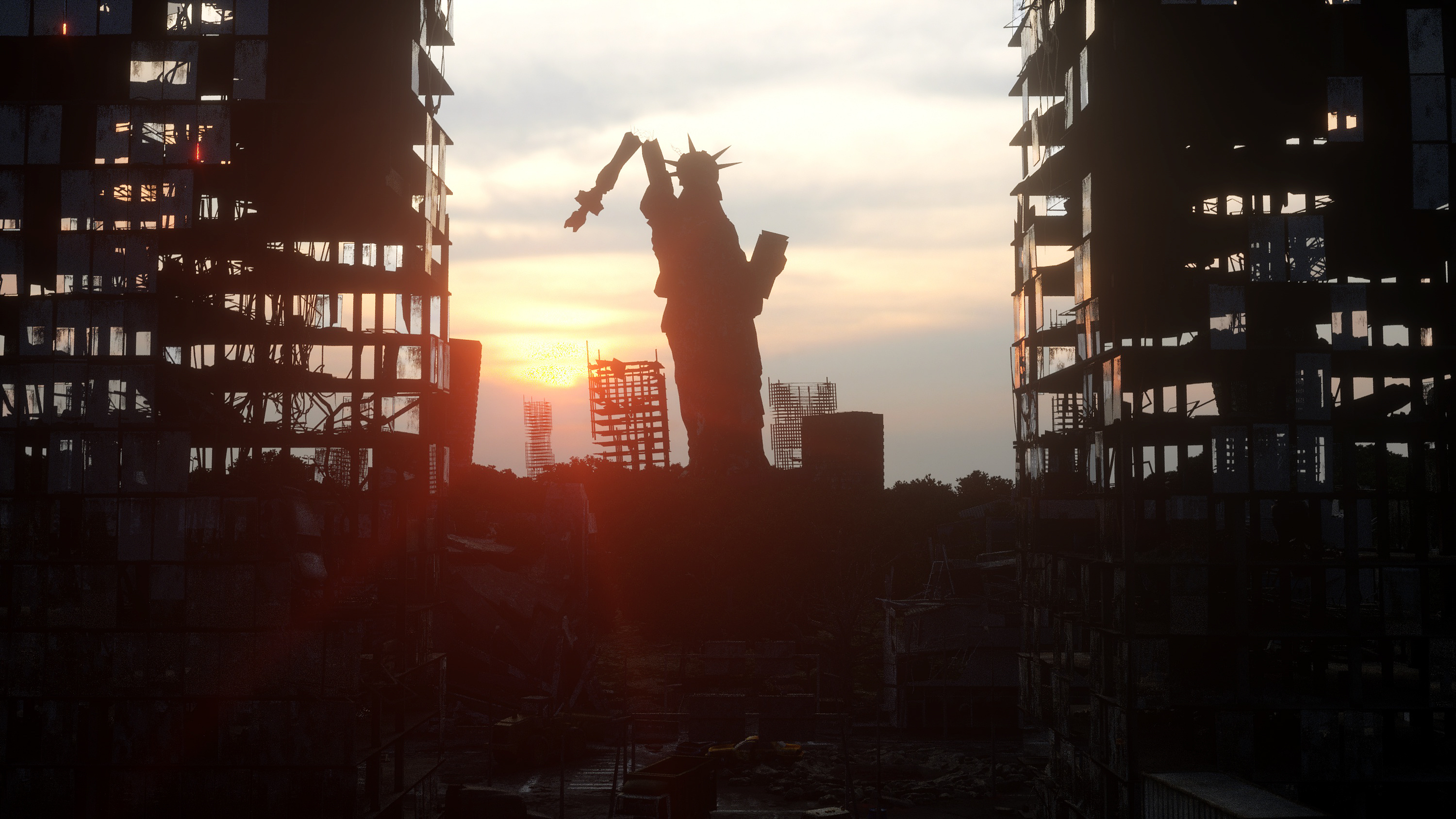
If you look at the 2003 blackout in New York, it was actually one of the most communal experiences ever. People were checking on their neighbors, helping each other out. Even people who were supposed to be 'tough'—like gang members—were just looking out for each other. It’s a reminder that, deep down, people are much more communal than the media and popular culture would have you believe.
DISASTER INITIATIVES: You mentioned how fear often stems from the unknown and how information can really change our behavior. Do you think that in modern society, we're still letting fear dictate our decisions in ways that aren't always rational, like avoiding flying or making riskier choices?
SAM SHERIDAN: I think it’s funny how information is really the key to solving so many problems. You know, in movies, there’s always this scene where a kid’s parents get hurt, and they don’t tell the kid what’s going on. It’s like, I get it – we want to protect kids – but honestly, just telling them what’s happening could prevent a lot of chaos. If the kid knew there were vampires out there, instead of running blindly into danger, they’d probably think twice, right?
“People have this false idea that panic and chaos take over immediately, but if you look at something like Hurricane Katrina, the fear was more of a problem than anything.”
The same goes for disasters. I don’t think it’s solely up to first responders. The more people can push for clear information from officials, the better. The unknown is always scarier. Think about any monster movie – once you see the monster, it’s always a little less terrifying because now you know what you're dealing with. It’s the fear of the unknown that really gets to us.
What I’m saying is that having the right information is key when it comes to dealing with fear. There’s actually an interesting point to consider – after 9/11, people were so afraid of flying that there was a noticeable drop in air travel. Statistically, flying is one of the safest ways to travel, but because people were so afraid, they ended up driving more, which led to about 2,000 extra deaths in car accidents that year. The fear of flying caused them to make a riskier choice. It’s crazy how fear can change our behavior, and the way we react to fear might have made sense in ancient times, but not always so much today.
DISASTER INITIATIVES: In your book, you discuss the color code and how stress affects our reactions. Do most people underestimate how their body will respond in high-stress situations, and how can we better prepare to avoid reaching 'Condition Black'?
SAM SHERIDAN: So, Jeff Peeper, a firearms instructor back in the 60s, noticed something interesting. He observed that as stress and uncertainty increased, his students' accuracy would drop. He developed what's called the color code to help people understand their mental states. Here's how it breaks down: Condition White is when you're at home, relaxed, not thinking about threats—just watching TV. Condition Yellow is when you're out and about, not in danger but still aware of your surroundings. Condition Orange happens when you notice a potential threat, and your heart rate starts to go up. Finally, Condition Red is when you're in a fight or flight situation, and your body is flooded with adrenaline, affecting everything from your heart rate to your vision.
Later, the Marine Corps added a Condition Black, which is when you're so overwhelmed that your cognitive abilities fail. You've probably heard of situations where people freeze up during an emergency—like dialing 911 repeatedly but not being able to get through. That’s an example of cognitive overload. Even highly trained people, like military or special forces, can experience this. There's an interesting experiment mentioned in my book where they tested interrogation subjects, and even after 30 minutes, their mental state was more like that of a 12-year-old than an adult.
The key takeaway here is that it’s easy to think you’d react well in an emergency, but when stress hormones take over, your body doesn’t work the way you expect. Law enforcement officers, for example, may train for years to respond to a gunfight, but under pressure, they might freeze up or do things like pick up spent shell casings instead of reacting quickly to the threat. Even when they’ve practiced the moves over and over, in the real situation, their body just doesn’t react the same way. So, it’s not just about training; it’s about how you’ve lived through something before. You can’t predict how you’ll respond under extreme stress until you’ve faced it.
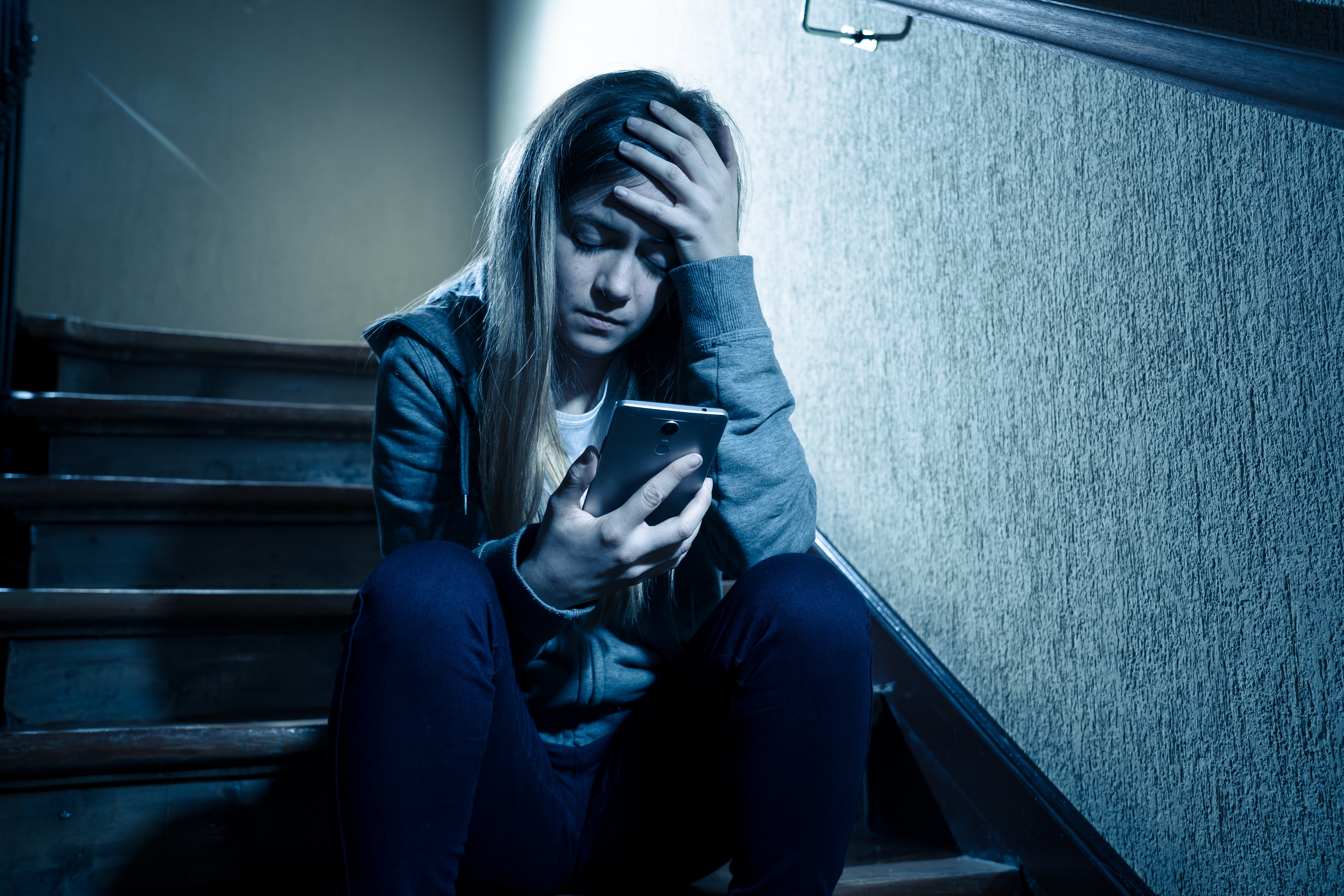
DISASTER INITIATIVES: How can we help teenagers develop better situational awareness without overwhelming them? What’s the balance between giving them enough freedom to learn and keeping them safe from the consequences of their actions?
SAM SHERIDAN: I think one of the most important things in raising kids—or helping anyone grow—is giving them space to take responsibility and make mistakes in a safe environment. Like when my toddler was trying to climb onto a stool, my instinct was to catch him, but I realized if I did that every time, he'd never learn the consequences of his actions.
Kids need to experience failure in order to grow stronger, but it’s about balancing protection with allowing them to face challenges.
In today’s world, it’s tough to let kids have that kind of freedom, especially in big cities where we’re afraid of judgment. But we can still find ways to help them take on responsibility, like giving them small tasks or allowing them to look out for younger siblings. Trusting kids with responsibility builds their confidence and teaches them they can handle things on their own, even when it feels uncomfortable.
Ultimately, it’s about teaching them how to rise to challenges, feel capable, and take ownership of their world. It might be tough in the moment, but it sets them up for success in the long run.
DISASTER INITIATIVES: Living in areas prone to disasters like wildfires or earthquakes requires serious preparedness. With things changing rapidly, do you think most people underestimate how critical it is to have basic supplies—like water—stored up at home? And what do you think are the most important steps people can take now to avoid unnecessary frustration when disaster strikes?
SAM SHERIDAN: In places like California, where disasters like wildfires are all too common, it’s important to be prepared. I’ve had to take in refugees at my house during evacuations, so I know firsthand how crucial it is to have a plan in place. For anyone living in areas that are prone to natural disasters—whether it’s wildfires, earthquakes, or floods—I always tell them, “If you don’t have water stored up, what are you doing?” In the next 20 years, things are expected to change dramatically. Major disasters could leave you without power, water, or even access to basic necessities for days or weeks. At the very least, you need to be prepared to be off the grid for a couple of weeks. It’s not about overreacting, but about making your life easier and less stressful when the inevitable happens.
The last thing you want is to be caught in a situation where you have to wait in long lines for water or supplies, surrounded by frustrated people, under the blazing sun. That’s a miserable experience I wouldn’t wish on anyone. So, take a little time now to make sure you have enough water in your home. By doing so, you’re not only saving yourself the hassle but also avoiding the anger and frustration of waiting in line for hours. It’s a small step that could make a huge difference when disaster strikes, and it’s just one part of the bigger picture when it comes to self-reliance and preparation.
DISASTER INITIATIVES: Given the balance between being prepared for a few days versus a few months, how can we realistically assess our own needs and prepare for the unexpected without going overboard, while still focusing on essentials?
SAM SHERIDAN: I think when it comes to preparedness, it's all about striking a balance, right? Sure, if you're in a tough spot and help is coming in three days instead of tonight, that's better than nothing. But honestly, the ideal time frame for self-sufficiency is more like two weeks to a month. Of course, you could go all the way and be prepared for a year or even two, but that's probably a bit extreme.
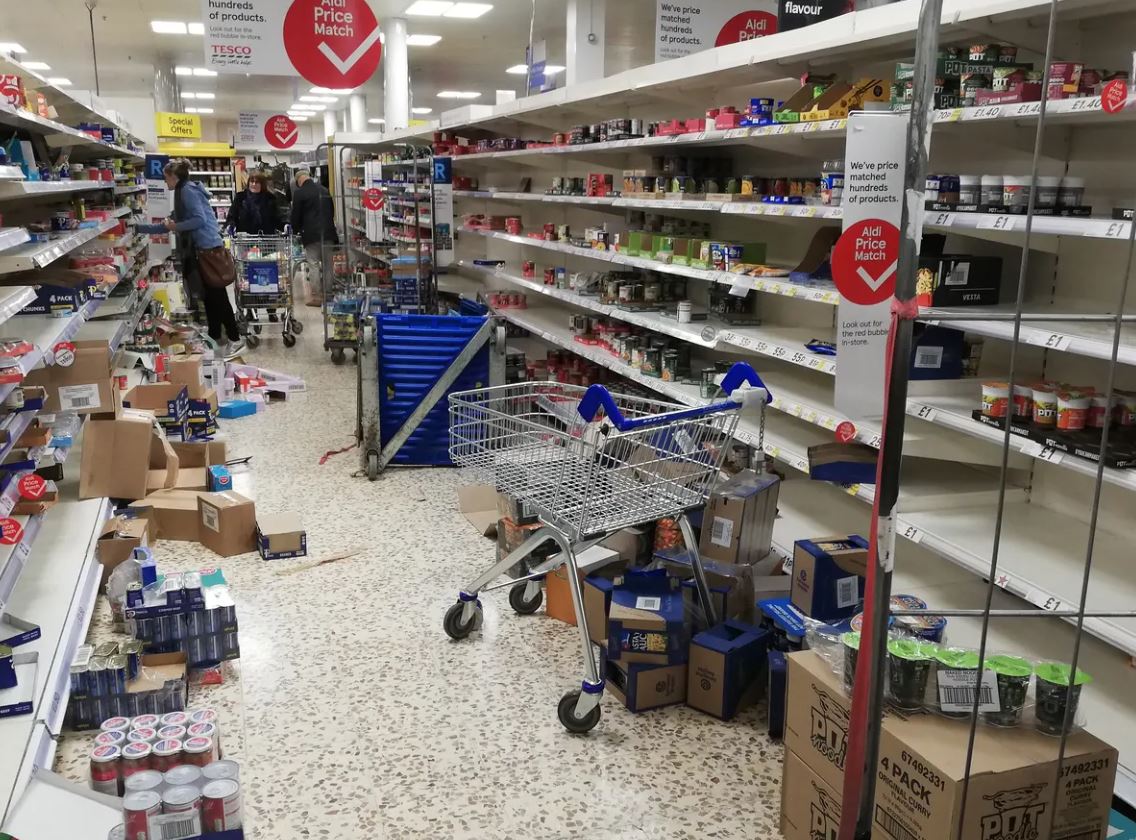
That said, if you found yourself in a situation where you needed that kind of long-term prep, you'd definitely be glad you did it. I don't see prepping for emergencies as a negative thing at all, though. It's not about hoarding or being paranoid—it's about being practical. For example, you might think you’re all set with three days' worth of supplies, but realistically, you should think about how much longer you could survive if things get really bad. And while food is important, water is absolutely the priority. It's really about the essentials—keeping your body hydrated, staying warm, and making sure you're physically capable to handle whatever comes your way.
The 4-11
In The Disaster Diaries, Sam Sheridan takes us beyond just learning the basics of survival and shows us what it truly means to be prepared for the worst. Drawing from his own experiences, he blends personal stories with practical survival lessons in a way that’s both informative and surprisingly engaging. This isn’t just about stockpiling food or building a shelter—Sheridan makes survival feel like an adventure, something you can actively embrace, rather than a list of chores to dread. Through his writing, he proves that disaster preparedness can be as much about curiosity and exploration as it is about learning how to survive.
In the end, The Disaster Diaries offers more than just a guide to surviving a crisis—it’s a reminder that we can approach even the darkest scenarios with a sense of curiosity and purpose. Sheridan shows us that being prepared isn’t just about having the right tools or knowledge, but about embracing the adventure of learning how to thrive in the face of uncertainty. It’s a call to step beyond fear and into the challenge, making disaster preparedness something we don’t just endure, but something we can actively engage with, learn from, and even enjoy.
About Sam Sheridan
Sam Sheridan is a Harvard graduate and the author of the books, The Disaster Diaries, A Fighter’s Heart, and A Fighter’s Mind. He’s been a boxer, mixed martial arts fighter, sailor, cowboy, South Pole construction worker, and Merchant Marine. He lives in Los Angeles.
Find more about The Disaster Diaries: How I Learned to Stop Worrying and Love the Apocalypse” by Sam Sheridan here: OffGrid Magazine Review
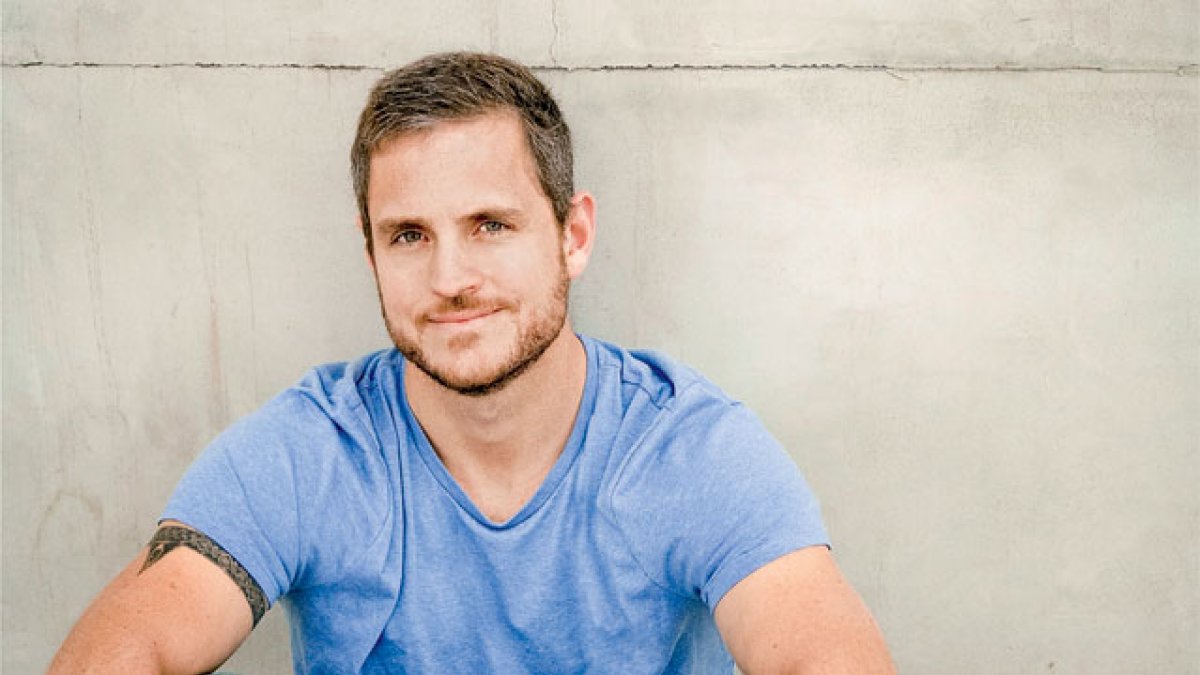
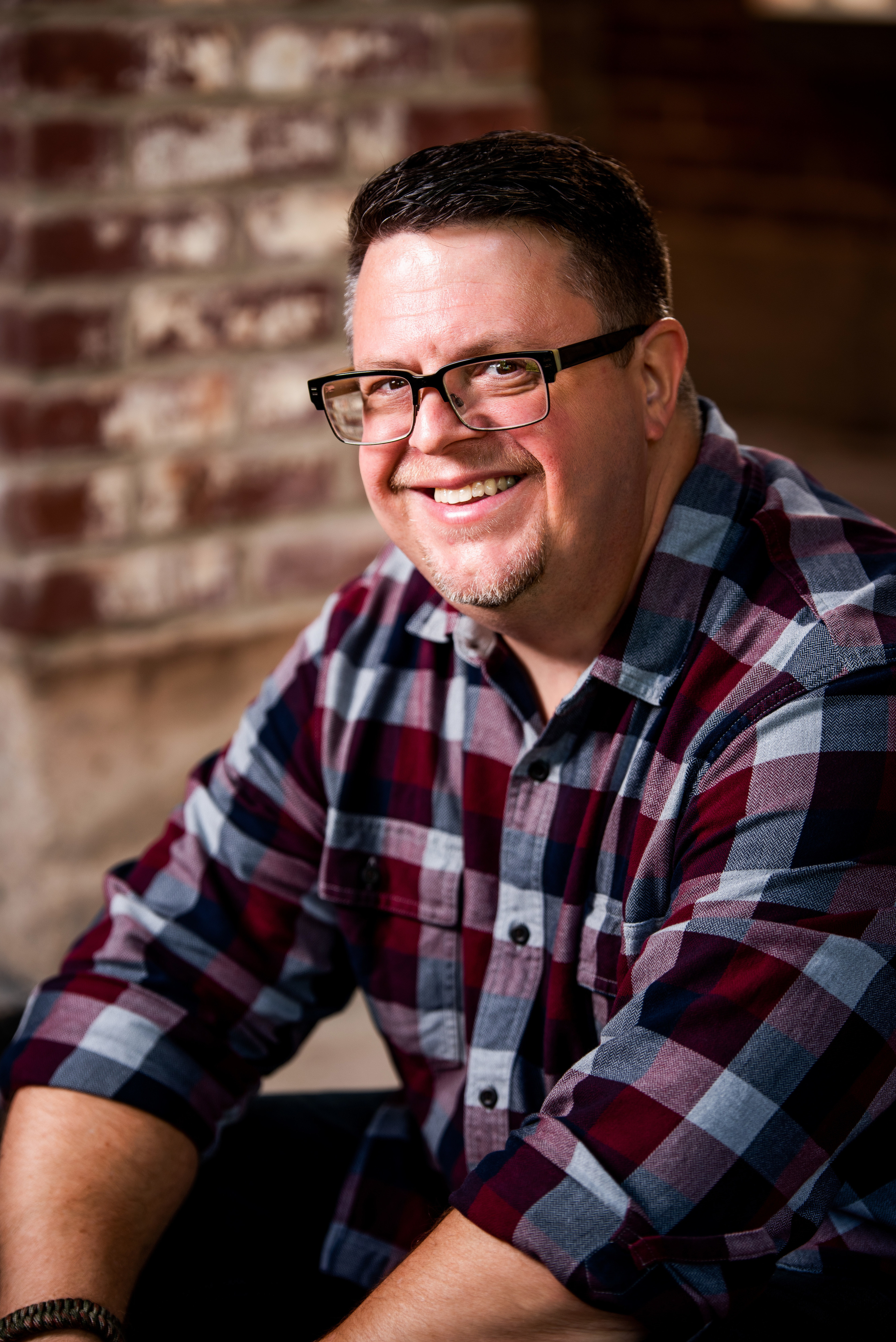
About the Author
Mark Linderman is the owner of Disaster Initiatives, an online company that provides communication leaders with the tools needed to address their communities and the media throughout a crisis, and teaches the communicator to approach crisis communication from the listener’s perspective. He is a Certified Emergency Manager (CEM) and nineteen-year veteran of Public Health. He instructs Crisis & Risk Communication within the field of disaster preparedness for seven universities, including Indiana University’s Fairbanks School of Public Health. Mark is considered a Subject Matter Expert in the field of disaster-based communication and is a widely received public speaker and advocate for disaster preparedness.
Mark Linderman,
MSM, CEM, CCPH, CSSSS
Visit DISASTER INITIATIVES for more information.
